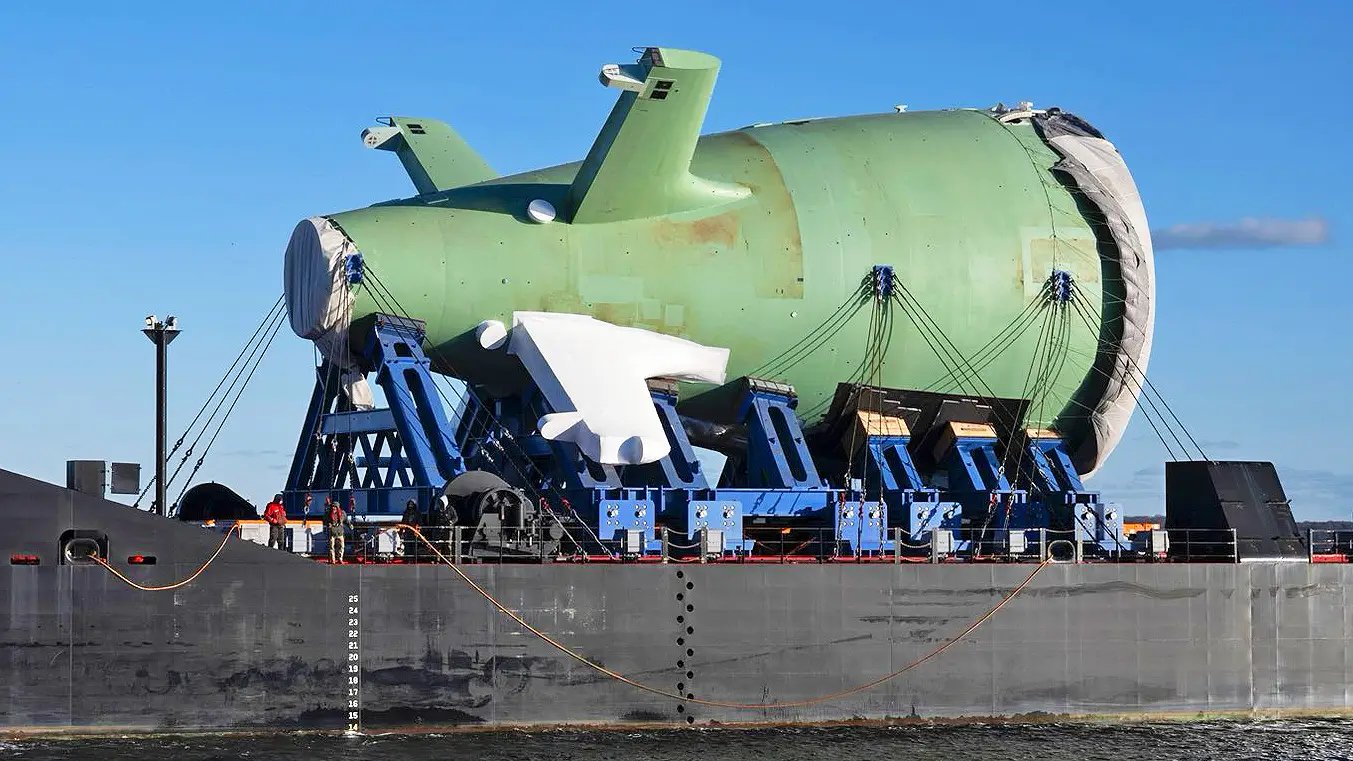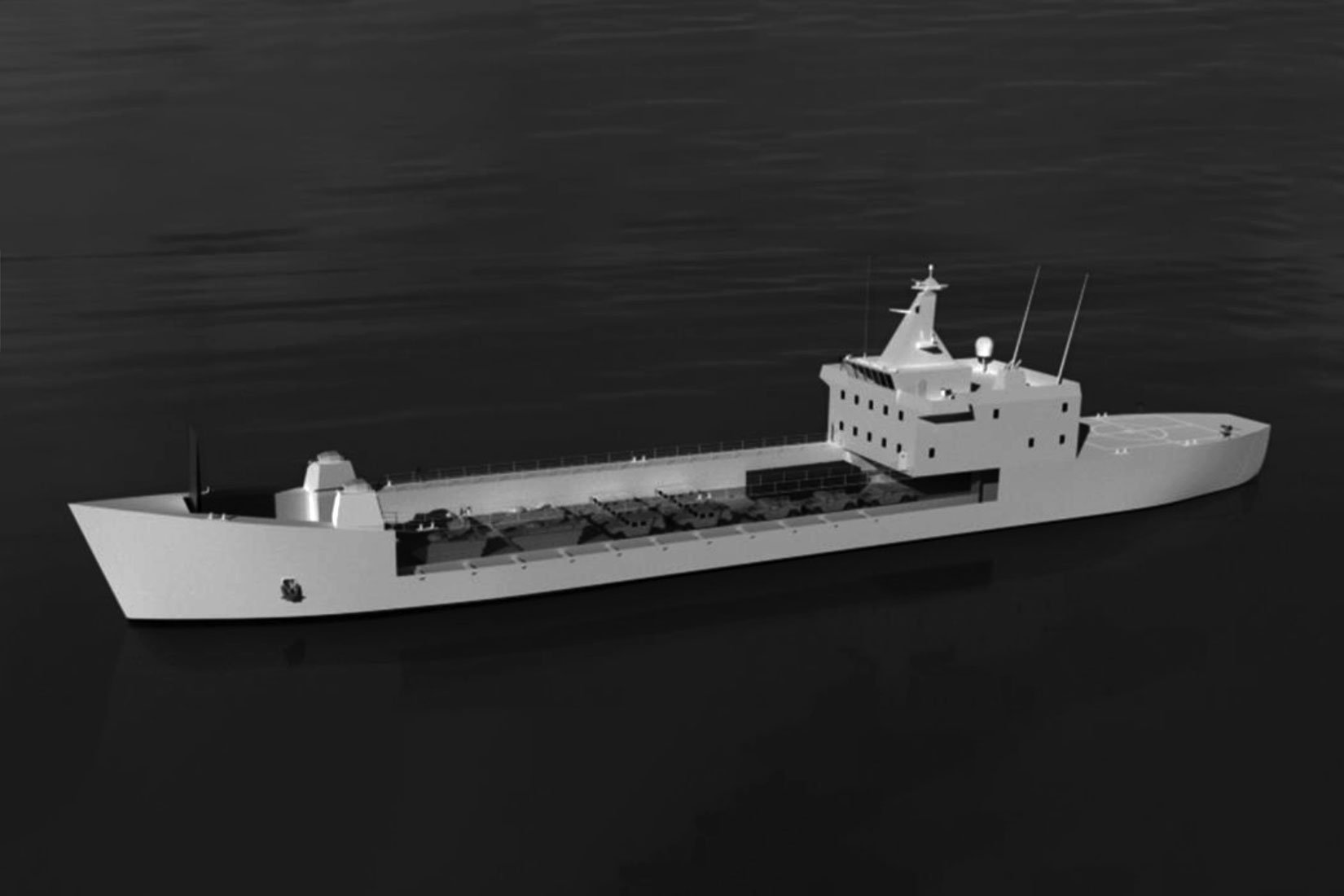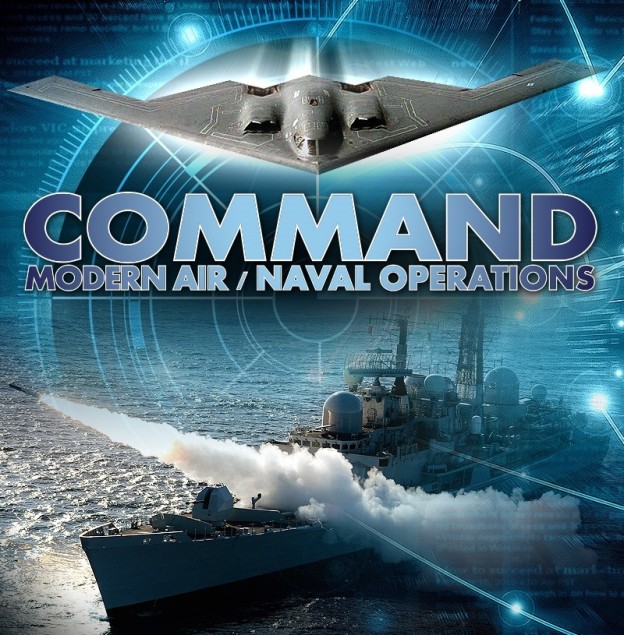
Given the nature of the personal computer game market, it’s rare for a commercial game to have the potential to act as an informal training tool. Games tend to trend toward the exaggeration of reality—if not totally fantastic in their premise. An exception to that trend is “Command: Modern Air/Naval Operations,” a “hard” simulation that models all aspects of modern air and sea warfare in painstaking detail. A worthy heir to the Harpoon series of games, “Command” will find a following not only among civilian gamers but might have value among military, government, and policy circles as a simulator of modern warfare.
“Command” models more than 50 years of air and naval warfare (1950–2016) and the list of ships, submarines, aircraft, weapons, and ordnance modeled is exhausting. The game simulates anti-surface warfare, anti-submarine warfare, anti-air warfare, mine warfare (including aerial mine delivery), electronic warfare, anti-piracy missions, reconnaissance, patrolling, raids, nuclear weapons, satellites, unmanned vehicles—virtually the gamut of modern warfare.
The game is scaleable from ship vs. ship engagements to strategic nuclear exchanges. Ships and aircraft can be managed individually or in in groups, and the total number of units the game is capable of keeping track of is from the hundreds to the thousands, depending on the processing power of the player’s computer. Scenarios typically run anywhere from 24 to 36 hours, and run in real time. The game can be paused or speeded up at any time. Players will frequently run the game a little faster at first, while units are transiting vast distances, then switch to real time when new contacts are detected.
The game map is a three-dimensional environment similar to Google maps, with data taken from the Shuttle Radar Topography Mission. At maximum zoom the entire planet is shown, and at minimum distances are displayed in hundreds of meters. This is useful for scenarios that take place simultaneously in multiple locations around the world, such as regional conflicts, long-distance convoy operations and strategic nuclear warfare. The game map can even use custom overlays (provided by the player) of locations such as ports, air bases, or strategic targets, and then place static game units representing such targets as piers, bunkers and refineries on their real-life locations.
One of the most impressive features of “Command” is the voluminous database of ships, aircraft, missiles, and other ordnance, all of which are playable in the game. The database all latest systems, such as the Fire Scout, Zumwalt-class destroyers, and the Chinese aircraft carrier Liaoning. The database can be accessed at any point within the game as a reference tool, and Electronic Support Measures will reference you to probable matches for unknown contacts, bringing up the database entries for each.
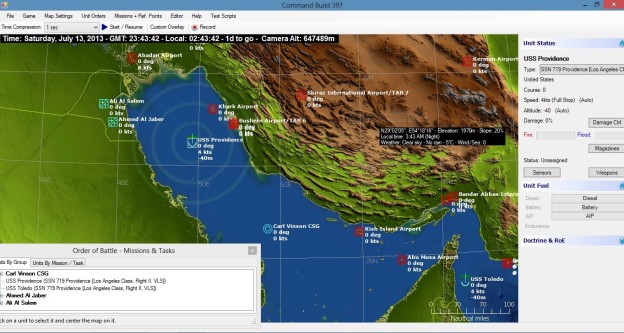 The game comes with several pre-made scenarios ranging from the Korean War to NATO vs. the Warsaw Pact in the North Sea, to the 1982 Falkland Islands conflict, to a modern-day showdown in the South China Sea. The scenarios vary in length and complexity, and ambitious players can also build their own scenarios. The game includes a scenario builder that can draw on the world map as well as the unit database. The scenario builder includes triggers and specific actions to increase scenario complexity. The flexibility and versatility of the platform, along with the database and the global map, make almost every scenario imaginable capable of being played out, and a burgeoning game community is already releasing new scenarios.
The game comes with several pre-made scenarios ranging from the Korean War to NATO vs. the Warsaw Pact in the North Sea, to the 1982 Falkland Islands conflict, to a modern-day showdown in the South China Sea. The scenarios vary in length and complexity, and ambitious players can also build their own scenarios. The game includes a scenario builder that can draw on the world map as well as the unit database. The scenario builder includes triggers and specific actions to increase scenario complexity. The flexibility and versatility of the platform, along with the database and the global map, make almost every scenario imaginable capable of being played out, and a burgeoning game community is already releasing new scenarios.
One possibility is an Air Sea Battle scenario, plotting American and allied defenses in Korea, Japan, Guam, and remote islands in the Pacific down to individual Patriot batteries, ports, and airfields. Similar defenses up and down the Chinese coast can similarly be represented. Add individual ships, aircraft, and submarines, and one is left with as near accurate model of hypothetical war with China as can be had using unclassified means.
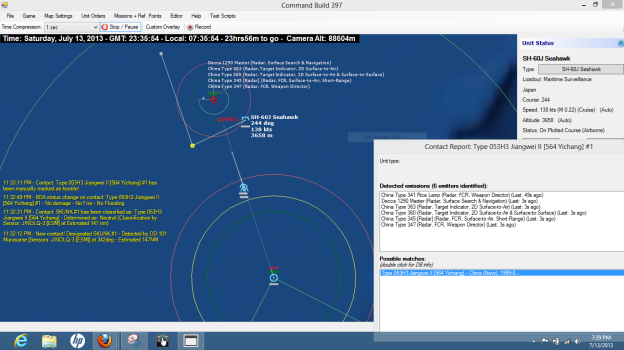 The game can simulate irregular and special warfare; it can model pirates at sea, terrorists on the ground, and civilian ground units, buildings, and vehicles. The game can also simulates ground forces and insertion by airdrop, small boat, SEAL delivery vehicle and helicopter. The ground combat model is limited however, and at this time is mostly an adjunct to the air/naval simulation aspect. At the other end of the scale are nuclear weapons, both as tactical and strategic devices. “Command” will, for example, model nuclear depth charges or a nuclear-tipped anti-submarine rocket, and can also model a Trident D-5 launch from an Ohio-class submarine.
The game can simulate irregular and special warfare; it can model pirates at sea, terrorists on the ground, and civilian ground units, buildings, and vehicles. The game can also simulates ground forces and insertion by airdrop, small boat, SEAL delivery vehicle and helicopter. The ground combat model is limited however, and at this time is mostly an adjunct to the air/naval simulation aspect. At the other end of the scale are nuclear weapons, both as tactical and strategic devices. “Command” will, for example, model nuclear depth charges or a nuclear-tipped anti-submarine rocket, and can also model a Trident D-5 launch from an Ohio-class submarine.
A hard modeling of logistics and infrastructure is also built into the game. Ammunition is tracked down to individual gun rounds and missiles. Aerial tankers refuel other aircraft, ships can perform underway replenishments, and air bases and aircraft carriers perform all the actual duties involved in operating aircraft, from launching to recovering aircraft, reloading, refueling, and even sheltering unused aircraft.
The game has somewhat of a steep learning curve, but once overcome players will be able to manage large numbers of units effectively. Three tutorials are built into the game, one each for surface warfare, subsurface warfare, and air warfare. In the surface warfare scenario an Arleigh Burke-class destroyer must, in succession, fend off an anti-ship missile attack, destroy artillery emplacements with its Mk-45 127mm gun, execute a tactical Tomahawk attack on munitions bunkers, sink a Romeo-class submarine with embarked SH-60 Seahawk, and attack a Nanuchka-class missile corvette with Harpoon missiles.
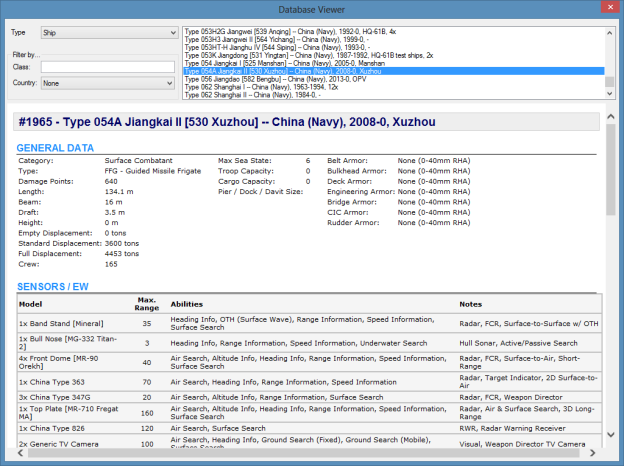 Command is admittedly somewhat of a plain game, with more of a professional Windows-style look to it than most computer games. There is not a lot of eye candy, and the interface can be clunky at times. But what time the designers did not spend making graphics and interface attractive were spent on building a game that depicts modern warfare on an unmatched scale. Players attracted to the game’s core strengths will not notice the lack of aesthetics.
Command is admittedly somewhat of a plain game, with more of a professional Windows-style look to it than most computer games. There is not a lot of eye candy, and the interface can be clunky at times. But what time the designers did not spend making graphics and interface attractive were spent on building a game that depicts modern warfare on an unmatched scale. Players attracted to the game’s core strengths will not notice the lack of aesthetics.
Like any good wargame, “Command” will have value not only as entertainment, but as a training tool and even a platform for testing new concepts and ideas. The game’s ability to save and replay games for future viewing could be useful in constructing after-action reports of game-based training exercises or in testing new operational concepts. The flexibility and versatility of the platform, along with the database and the global map, make almost every scenario imaginable capable of being played out.
“Command: Modern Naval/Air Operations” is a game with broad appeal for everyone from casual gamers to government users looking to model unclassified, informal simulations. It likely will be the main choice for hard modern warfare simulators for years to come. It is scheduled for release on Sept. 24 for Windows computers.




